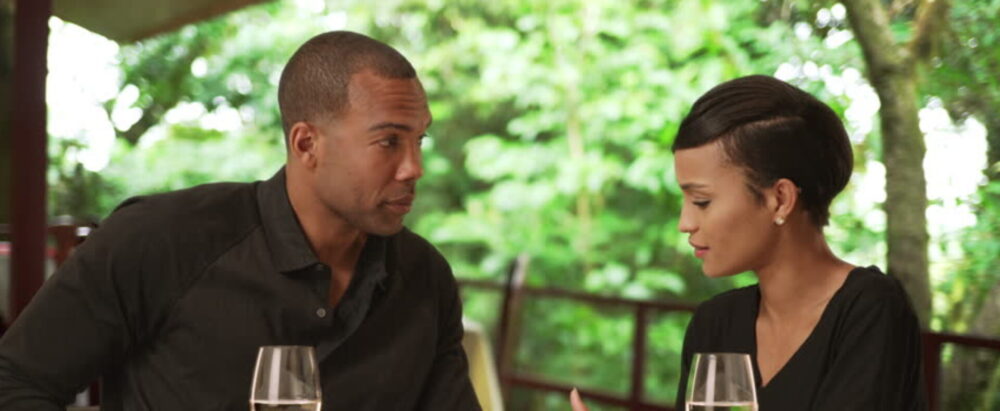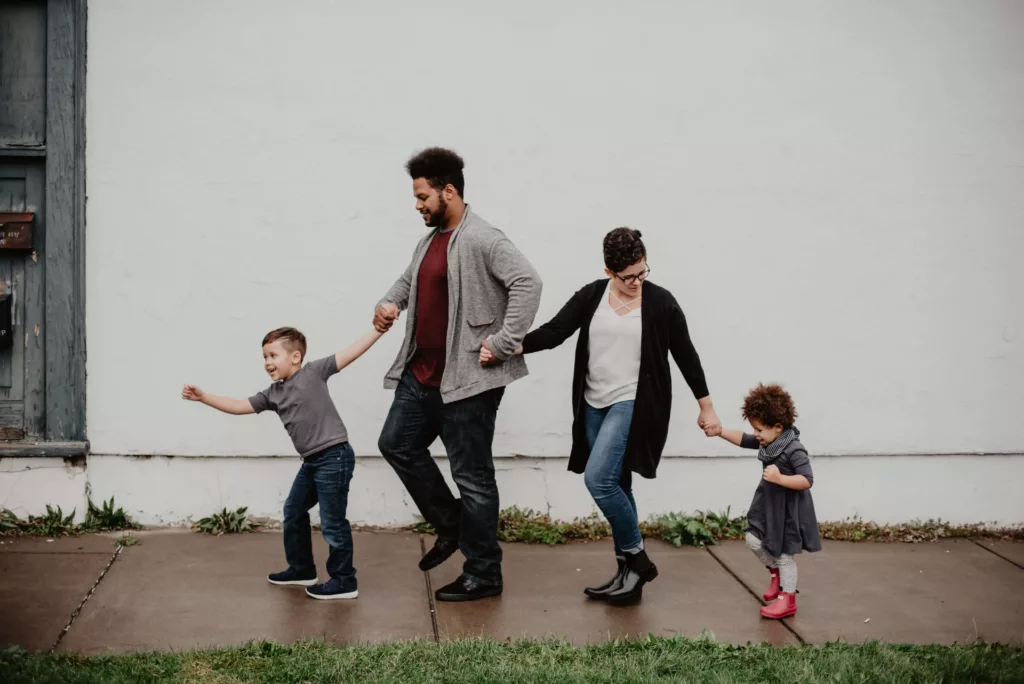Negotiation is the art of enhancing understanding of oneself and others so that a mutually beneficial agreement can be struck.
Once you embark on the journey of managing risk in your family, getting everyone’s buy-in is essential and being able to negotiate buy-in is the key.
Richard Shell in his book ‘Bargaining for Advantage’ as: “An interactive communication process that may take place whenever we want something from someone else or another person wants something from us.”
He goes on to describe four stages of negotiation. These are preparation, Exchanging Information, Bargaining, and Closing & Commitment.
Preparation
In this phase we are gathering facts, facts regarding what it is we are going to negotiate, facts about the other players and their interests, facts about anyone not actually in the negotiation that may be a factor.
In assessing the risk of COVID in our family for example, we will want to research where others have been successful in mitigating risk, what did they do, what tools did they use as well as what behaviors are leading to breakdowns.
We will want to consider the ages and needs of all our family members, who is most at risk, who is least at risk, what kind of family is our teenage daughter’s boyfriend from? How seriously are they taking the risk of infection? What institutions are we/our family members involved in? What’s the safest way to interact with them? What’s happening in schools? What strategies have been successful in them? How much will we be trusting our schools? Why? Why Not?
We also want to set an intention for the “negotiation”. That is how do we want to feel? What’s the tone going to be?
When negotiating risk management and possible restrictions on behaviors, it is easy to go authoritarian. How well will that work in the long run?
Once we have as much information as we need, we also will want to prep the other players in our family negotiation by letting them how when and where we want to talk about our family.
Exchanging Information
In this stage, the rubber meets the road.
We are laying out the purpose of the conversation and it won’t hurt to lay out the intention we are setting. Let everyone know what kind of feeling and tone you would like the experience to have if at all possible.
Ask them what they would like? The more agreement you can build on tone and feeling from the get-go, the greater success you will have in making that intention live.
Give everyone a chance to speak, especially n areas in which you know they will be directly impacted. When listening, make sure that you indicate that you are hearing them by reflecting back on what it is they are saying.
They may correct you when you do this, even better, as it shows they really want to be on the same page.
Avoid dictating facts as decision-makers; for every situation lay out the circumstances, the level of risk, and proven ways to mitigate the risk.
Leave room for new information even if it seems to contradict yours. Always look at the best and worst outcomes in these situations.
Bargaining
Bargaining will occur and be prepared.
This is not necessarily oppositional though it certainly can be. What we are aiming for when negotiating risk management is an agreement that people will actually live by, not a set of rules that are not followed because they have been dictated with no opportunity for buy-in.
Let’s say one of you has the opportunity to go to church and in their estimation, the risk of COVID is low to them and the church has good social distancing practices and uses masks.
Sounds pretty reasonable but another member of the family is very adamant that even though the risk is low it’s just not worth it, that church can be attended online.
This is where bargaining will come in since there is not enough evidence to support either position. Allow the family to weigh in.
Remind yourself and everyone else that the full impact of COVID on the human body is not yet known and that any member of the family getting COVID will alter the risk management formula and agreement significantly.
Closing & Commitment
The idea in this stage is that everyone comes to an agreement, and becomes of one mind.
They may not agree completely about aspects of the final arrangements.
At the same time, if the other three stages were executed fairly and completely, they will buy in at the very least because they better understand the point of view of the more extreme perspectives in the family.
Buy in may be contingent on “I’m giving in here out of respect, not because I agree” and that is fine and should be noted as the same may be offered in reverse in a future negotiation.
The point is that everyone has an agreement they will keep for different reasons despite not having exactly the same slant on managing risk.


